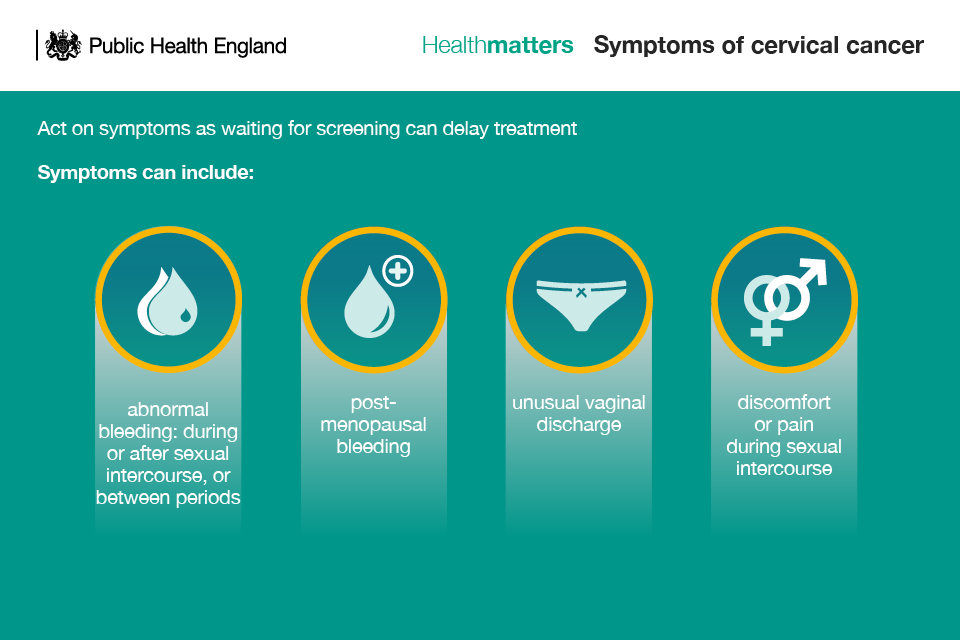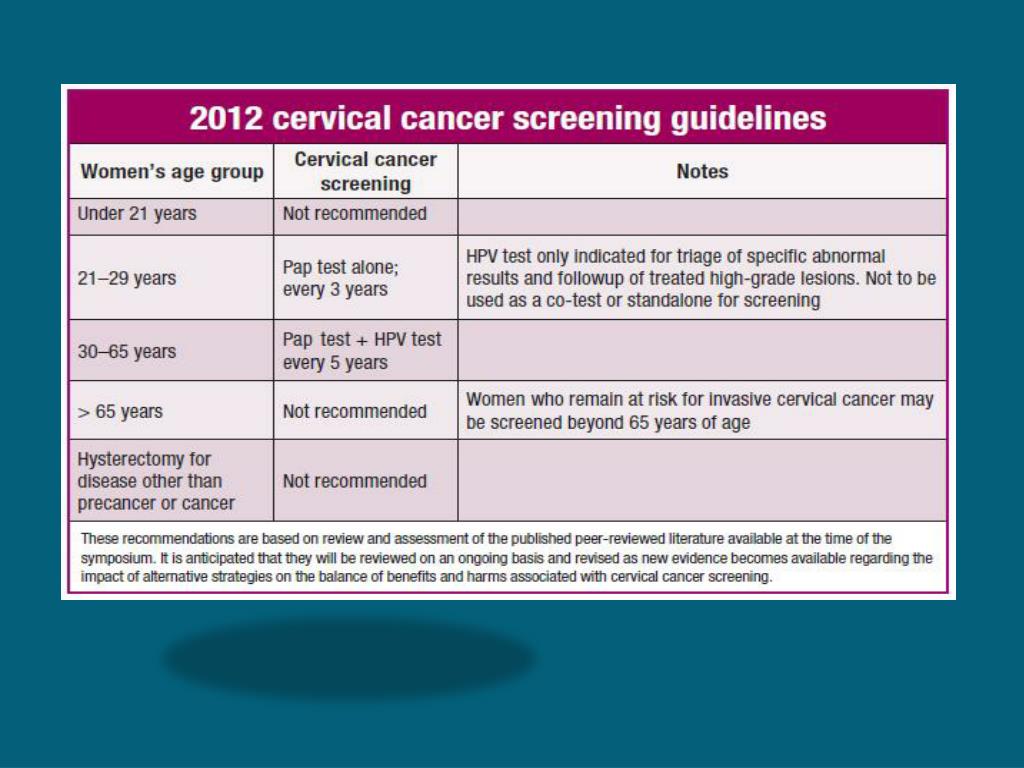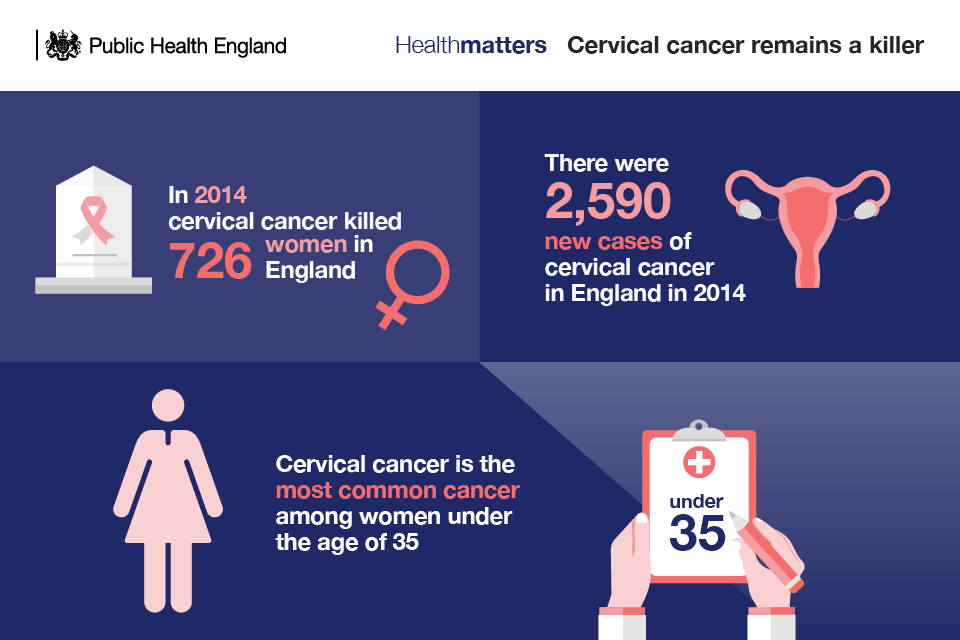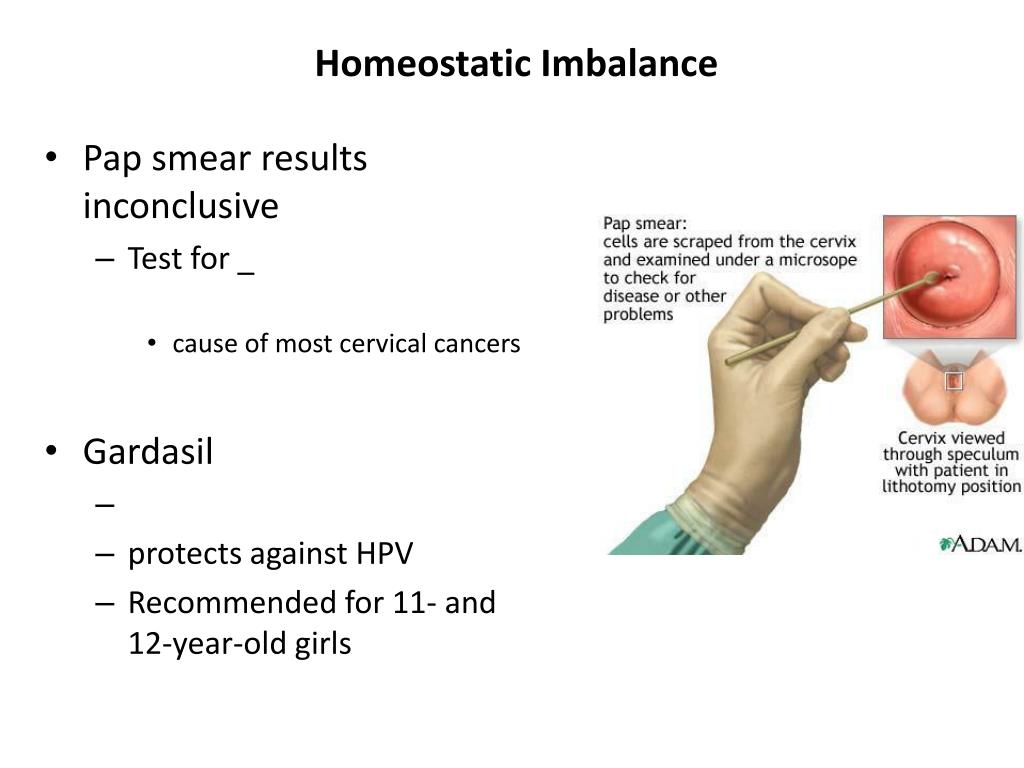During a pap smear what is tested. Cervical Cancer Screening: Essential Guide to Pap Smears and HPV Tests
What is tested during a pap smear. How often should you get screened for cervical cancer. What are the different screening options available. What do abnormal results mean. How to prepare for a cervical cancer screening test.
Understanding Cervical Cancer Screening: Pap Smears and HPV Tests
Cervical cancer screening is a crucial preventive measure that can detect abnormal cell changes before they develop into cancer. The two primary screening methods are the Pap test (also known as a Pap smear) and the HPV test. These tests are often performed during a routine gynecological exam and play a vital role in early detection and prevention of cervical cancer.
What is a Pap Smear?
A Pap smear is a screening procedure that examines cells collected from the cervix, which is the lower part of the uterus that opens into the vagina. During the test, a healthcare provider uses a speculum to open the vaginal canal and gently scrapes cells from the cervix. These cells are then sent to a laboratory for analysis.

What Does a Pap Smear Test For?
The primary purpose of a Pap smear is to detect precancerous changes in cervical cells, known as cervical dysplasia. These abnormal cells, if left untreated, could potentially develop into cervical cancer over time. By identifying these changes early, appropriate interventions can be taken to prevent the progression to cancer.
What is an HPV Test?
An HPV test specifically looks for the presence of human papillomavirus (HPV) in cervical cells. HPV is a common sexually transmitted infection that can cause cellular changes leading to cervical cancer. The test can identify high-risk HPV types that are most likely to cause cervical cancer.
Cervical Cancer Screening Guidelines: When and How Often?
The frequency of cervical cancer screening depends on your age and risk factors. Here are the current guidelines:
- Ages 21-29: Pap test every 3 years
- Ages 30-65: HPV test every 5 years, or Pap test every 3 years, or co-testing (HPV test + Pap test) every 5 years
- Over 65: Screening may be discontinued if you have a history of normal results and no high-risk factors
It’s important to note that these are general guidelines. Your healthcare provider may recommend a different screening schedule based on your individual risk factors and medical history.

The Cervical Cancer Screening Procedure: What to Expect
Understanding what happens during a cervical cancer screening can help alleviate anxiety and ensure you’re prepared for the appointment.
Before the Test
To ensure accurate results, it’s recommended to:
- Avoid sexual intercourse for 24-48 hours before the test
- Refrain from using douches, tampons, or vaginal medications for at least 24 hours prior
- Schedule the test when you’re not menstruating
During the Test
The screening procedure typically involves the following steps:
- You’ll be asked to lie on an exam table with your feet in stirrups
- The healthcare provider will insert a speculum into your vagina to open it slightly
- A small brush or spatula will be used to gently collect cells from your cervix
- The collected cells are placed in a liquid preservative and sent to a lab for analysis
The entire procedure usually takes only a few minutes and, while it may cause some discomfort, it shouldn’t be painful.
Interpreting Cervical Cancer Screening Results
After your screening, it’s natural to wonder about the results and what they mean. Understanding the possible outcomes can help you prepare for any necessary follow-up.

Normal Results
If your results are normal, it means no abnormal cells were detected. In this case, you can continue with routine screening as recommended by your healthcare provider.
Abnormal Results
Abnormal results don’t necessarily mean you have cancer. They indicate that some cells in your cervix appear different from normal cells. This could be due to various factors, including inflammation, infection, or precancerous changes.
In case of abnormal results, your healthcare provider may recommend:
- Repeat screening after a short interval
- Colposcopy – a procedure to examine the cervix more closely
- Biopsy – removal of a small tissue sample for further testing
The Role of HPV in Cervical Cancer Development
Human Papillomavirus (HPV) plays a significant role in the development of cervical cancer. Understanding this connection can help emphasize the importance of regular screening and HPV vaccination.
How Does HPV Cause Cervical Cancer?
HPV is a group of viruses that can infect the skin and mucous membranes. While there are many types of HPV, only a few high-risk strains are associated with cervical cancer. These high-risk HPV types can cause persistent infections that, over time, lead to cellular changes in the cervix. If left undetected and untreated, these changes can progress to cervical cancer.

HPV Vaccination: A Preventive Measure
The HPV vaccine is a powerful tool in preventing cervical cancer. It protects against the most common high-risk HPV types responsible for cervical cancer. The vaccine is recommended for both girls and boys, ideally before they become sexually active.
Key points about HPV vaccination:
- It’s most effective when given before exposure to HPV
- The recommended age for vaccination is 11-12 years, but it can be given up to age 45
- Even if you’re vaccinated, regular cervical cancer screening is still important
Beyond Cervical Cancer: Other Conditions Detected by Screening
While cervical cancer screening primarily focuses on detecting precancerous and cancerous changes, it can also identify other gynecological conditions.
Infections
Pap smears can sometimes reveal signs of vaginal or cervical infections, such as:
- Yeast infections
- Bacterial vaginosis
- Trichomoniasis
- Sexually transmitted infections (STIs)
Cellular Changes
In addition to precancerous changes, screening can detect other cellular abnormalities that may require further investigation or treatment, including:

- Atypical squamous cells of undetermined significance (ASCUS)
- Low-grade squamous intraepithelial lesions (LSIL)
- High-grade squamous intraepithelial lesions (HSIL)
Overcoming Barriers to Cervical Cancer Screening
Despite the importance of regular screening, various factors can prevent women from getting tested. Addressing these barriers is crucial for improving screening rates and reducing cervical cancer incidence.
Common Barriers to Screening
Some of the obstacles that may prevent women from getting screened include:
- Lack of access to healthcare
- Financial constraints
- Fear or embarrassment about the procedure
- Cultural or religious beliefs
- Lack of awareness about the importance of screening
Overcoming Screening Barriers
Several strategies can help address these barriers:
- Education and awareness campaigns about the importance of screening
- Providing low-cost or free screening options for uninsured or underinsured women
- Cultural sensitivity training for healthcare providers
- Mobile screening units to reach underserved communities
- Promoting patient-centered care to address fears and concerns
The National Breast and Cervical Cancer Early Detection Program (NBCCEDP) is a valuable resource for women who may have difficulty accessing or affording cervical cancer screening. This program provides free or low-cost screening services to eligible women.
![]()
The Future of Cervical Cancer Screening: Emerging Technologies
As medical science advances, new technologies are being developed to improve the accuracy and accessibility of cervical cancer screening. These innovations have the potential to enhance early detection and reduce the incidence of cervical cancer.
Self-Sampling HPV Tests
Self-sampling HPV tests allow women to collect their own cervical samples at home. This approach could increase screening participation by addressing barriers such as embarrassment, discomfort, or lack of access to healthcare facilities. While not yet widely available, self-sampling tests show promise in improving screening rates, particularly in underserved populations.
Artificial Intelligence in Screening
Artificial intelligence (AI) and machine learning algorithms are being developed to assist in the analysis of cervical screening samples. These technologies have the potential to:
- Improve the accuracy of screening results
- Reduce the workload on cytologists
- Provide faster results
- Identify patterns that may not be visible to the human eye
While these technologies are still in development and testing phases, they represent exciting advancements in the field of cervical cancer screening.

Biomarker Testing
Research is ongoing to identify specific biomarkers that could indicate the presence of cervical cancer or precancerous changes. These biomarkers could potentially be detected through blood tests or other minimally invasive methods, providing an additional tool for early detection and risk assessment.
As these new technologies continue to evolve, they have the potential to complement existing screening methods, making cervical cancer detection more accurate, accessible, and patient-friendly.
What Should I Know About Cervical Cancer Screening?
Español (Spanish) | Print
“If I didn’t go to that appointment, I might not be around for my kids,” says Cindy. Her cervical cancer screening test found precancerous cells. She shares her story in this video.
The HPV test and the Pap test can help prevent cervical cancer or find it early.
- The HPV test looks for the virus (human papillomavirus) that can cause cell changes on the cervix.
- The Pap test (or Pap smear) looks for precancers, cell changes on the cervix that might become cervical cancer if they are not treated appropriately.
Both tests can be done in a doctor’s office or clinic. During the Pap test, the doctor will use a plastic or metal instrument, called a speculum, to look inside your vagina. This helps the doctor examine the vagina and the cervix, and collect a few cells and mucus from the cervix and the area around it. The cells are sent to a laboratory.
- If you are getting a Pap test, the cells will be checked to see if they look normal.
- If you are getting an HPV test, the cells will be tested for HPV.
What is cervical precancer? When there are cervical cells that look abnormal but are not yet cancerous, it is called cervical precancer. These abnormal cells may be the first sign of cancer that develops years later. Cervical precancer usually doesn’t cause pain or other symptoms. It is found with a pelvic exam or a Pap test.
If you have a low income or do not have health insurance, you may be able to get a free or low-cost screening test through the National Breast and Cervical Cancer Early Detection Program.
Find out if you qualify
When to Get Screened
If You Are 21 to 29 Years Old
You should start getting Pap tests at age 21. If your Pap test result is normal, your doctor may tell you that you can wait three years until your next Pap test.
If You Are 30 to 65 Years Old
Talk to your doctor about which testing option is right for you—
- An HPV test only.
 This is called primary HPV testing. If your result is normal, your doctor may tell you that you can wait five years until your next screening test.
This is called primary HPV testing. If your result is normal, your doctor may tell you that you can wait five years until your next screening test. - An HPV test along with the Pap test. This is called co-testing. If both of your results are normal, your doctor may tell you that you can wait five years until your next screening test.
- A Pap test only. If your result is normal, your doctor may tell you that you can wait three years until your next Pap test.
If You Are Older Than 65
Your doctor may tell you that you don’t need to be screened anymore if—
- You have had normal screening test results for several years, and
- You have not had a cervical precancer in the past, or
- You have had your cervix removed as part of a total hysterectomy for non-cancerous conditions, like fibroids.
No special preparation is needed before you have an HPV test.
If you are getting a Pap test, you can take steps to make sure the test results are accurate. Avoid intercourse, douching, and using vaginal medicines or spermicidal foam for 2 days before the test. If you had sex before the test, go to the appointment as planned and let the doctor know.
Avoid intercourse, douching, and using vaginal medicines or spermicidal foam for 2 days before the test. If you had sex before the test, go to the appointment as planned and let the doctor know.
If you have your period, don’t worry. Both tests can still be done at this time.
Test Results
It can take as long as three weeks to receive your test results. If your test shows that something might not be normal, your doctor will contact you and figure out how best to follow up. There are many reasons why test results might not be normal. It usually does not mean you have cancer.
If your test results show cells that are not normal and may become cancer, your doctor will let you know if you need to be treated. In most cases, treatment prevents cervical cancer from developing. It is important to follow up with your doctor right away to learn more about your test results and receive any treatment that may be needed.
If your test results are normal, your chance of getting cervical cancer in the next few years is very low. Your doctor may tell you that you can wait several years for your next cervical cancer screening test. But you should still go to the doctor regularly for a checkup.
Your doctor may tell you that you can wait several years for your next cervical cancer screening test. But you should still go to the doctor regularly for a checkup.
Pap Smear (Pap Test): Reasons, Procedure & Results
Overview
A Pap smear, also called a Pap test, is a screening procedure for cervical cancer. It tests for the presence of precancerous or cancerous cells on your cervix. The cervix is the opening of the uterus.
During the routine procedure, cells from your cervix are gently scraped away and examined for abnormal growth. The procedure is done at your doctor’s office. It may be mildly uncomfortable, but doesn’t usually cause any long-term pain.
Keep reading to learn more about who needs a Pap smear, what to expect during the procedure, how frequently you should have a Pap smear test, and more.
The American Cancer Society recommend that screening should start at age 25. Some women may be at increased risk for cancer or infection. You may need more frequent tests if:
- you’re HIV-positive
- you have a weakened immune system from chemotherapy or an organ transplant
If you’re over 25 and have not had abnormal Pap tests, ask your doctor about having one every five years if the test is combined with a human papillomavirus (HPV) screening. Current guidelines recommend that people between the ages of 25 and 65 should have an HPV test every five years.
Current guidelines recommend that people between the ages of 25 and 65 should have an HPV test every five years.
HPV is a virus that causes warts and increases the chance of cervical cancer. HPV types 16 and 18 are the primary causes of cervical cancer. If you have HPV, you may be at an increased risk of developing cervical cancer.
Women over the age of 65 with a history of normal Pap smear results may be able to stop having the test in the future.
You should still get regular Pap smears based on your age, regardless of your sexual activity status. That’s because the HPV virus can be dormant for years and then suddenly become active.
How often you need a Pap smear is determined by various factors, including your age and risk.
These recommendations only apply to women who have a cervix. Women who have had a hysterectomy with removal of the cervix and no history of cervical cancer do not need screening.
Recommendations vary and should be individualized for women with compromised immune systems or a history of precancerous, or cancerous lesions.
You can schedule a Pap smear with your annual gynecological examination or request a separate appointment with your gynecologist. Pap smears are covered by most insurance plans, though you may be required to pay a co-pay.
If you’ll be menstruating on the day of your Pap smear, your doctor may want to reschedule the test, since results could be less accurate.
Try to avoid having sexual intercourse, douching, or using spermicidal products the day before your test because these may interfere with your results.
In most cases, it’s safe to have a Pap smear in the first 24 weeks of a pregnancy. After that, the test may be more painful. You should also wait until 12 weeks after giving birth to increase the accuracy of your results.
Since Pap smears go more smoothly if your body is relaxed, it’s important to stay calm and take deep breaths during the procedure.
Pap smears can be a bit uncomfortable, but the test is very quick.
During the procedure, you’ll lie on your back on an examination table with your legs spread and your feet resting in supports called stirrups.
Your doctor will slowly insert a device called a speculum into your vagina. This device keeps the vaginal walls open and provides access to the cervix.
Your doctor will scrape a small sample of cells from your cervix. There are a few ways your doctor can take this sample:
- Some use a tool called a spatula.
- Some use a spatula and a brush.
- Others use a device called a cytobrush, which is a combination spatula and brush.
Most women feel a slight push and irritation during the brief scraping.
The sample of cells from your cervix will be preserved and sent to a lab to be tested for the presence of abnormal cells.
After the test, you might feel mild discomfort from the scraping or a bit of cramping. You could also experience very light vaginal bleeding immediately following the test. Tell your doctor if discomfort or bleeding continues after the day of the test.
There are two possible results from a Pap smear: normal or abnormal.
Normal Pap smear
If your results are normal, that means that no abnormal cells were identified. Normal results are sometimes also referred to as negative. If your results are normal, you probably won’t need a Pap smear for another three years.
Abnormal Pap smear
If the test results are abnormal, this doesn’t mean you have cancer. It simply means that there are abnormal cells on your cervix, some of which could be precancerous. There are several levels of abnormal cells:
- atypia
- mild
- moderate
- severe dysplasia
- carcinoma in situ
Milder abnormal cells are more common than severe abnormalities.
Depending on what the test results show, your doctor may recommend:
- increasing the frequency of your Pap smears
- · getting a closer look at your cervical tissue with a procedure called colposcopy
During a colposcopy exam, your doctor will use light and magnification to see vaginal and cervical tissues more clearly. In some cases, they may also take a sample of your cervical tissue in a procedure called a biopsy.
In some cases, they may also take a sample of your cervical tissue in a procedure called a biopsy.
How accurate are the results?
Pap tests are very accurate. Regular Pap screenings reduce cervical cancer rates and mortality by at least 80 percent. It can be uncomfortable, but the brief discomfort can help protect your health.
The main purpose of a Pap smear test is to identify cellular changes in the cervix, which could be caused by HPV.
By detecting cervical cancer cells early with a Pap smear, treatment can start before it spreads and becomes a bigger concern. It’s also possible to test for HPV from the Pap smear specimen, too.
You can contract HPV from having sex with men or women. To lower your risk of contracting the virus, practice sex with a condom or other barrier method. All sexually active women are at risk for contracting HPV and should get a Pap smear at least every three years.
The test doesn’t detect other sexually transmitted infections (STIs). It can occasionally detect cell growth that indicates other cancers, but it shouldn’t be relied on for that purpose.
It can occasionally detect cell growth that indicates other cancers, but it shouldn’t be relied on for that purpose.
Smear for cytology of the cervix – cost and detailed explanation at the Lancet clinic
Smear for oncocytology
| Call us |
Oncocytology smear cervix – a basic cytological examination of cells in mucosal tissues taken from the surface of the vagina and cervical canal (the junction of the vagina and uterus), which reveals the presence of precancerous or cancerous changes.
The term of the study is 3-4 days from the moment of biomaterial sampling.
This test is usually given as a preventative measure and not to confirm a suspected disease.
- When is it recommended to take a smear
- The nuances of preparing for the procedure
- Analysis analysis
- How treatment is carried out
- Where is the best place to take a smear?
Initial appointment
2 500 ₽
Repeated appointment
1 300 ₽
All prices
When women It is not recommended to take a smear for cytology
As part of gynecological screening
If erosion is detected , dysplasia, HPV or warts
If there is a hereditary predisposition to cervical cancer
After an organ transplant
After prolonged use of steroids or oral contraception
When HIV, chlamydial infections or herpes are detected tracking result
cells or any suspicious changes, the doctor prescribes an additional analysis – liquid cytology, which allows you to more accurately confirm or refute the diagnosis.
Nuances of preparation for the procedure
Any inflammatory process in the vagina and uterus can affect the correctness of the test result, so it is carried out only after the inflammation has been removed.
Two days before taking a scraping, do not:
- douche;
- take a hot bath;
- visit the swimming pool and sauna;
- have sexual intercourse;
- take drugs intravaginally.
| Sign up |
It is better to take material for cytology in the middle of the cycle – starting from 6-7 days, but later than 5 days before the onset of menstruation.
If the patient is scheduled for a colposcopy at the same time, then the analysis is taken either before the procedure or two days after it.
How the analysis is carried out
Material sampling
Biomaterial is taken during examination in the gynecological chair.:max_bytes(150000):strip_icc()/cervical-cancer-diagnosis-5b647ce246e0fb0025341fff.png) The gynecologist, using mirrors and a special probe-brush, takes several smears from the mucous membrane of the vagina, cervical canal and cervix.
The gynecologist, using mirrors and a special probe-brush, takes several smears from the mucous membrane of the vagina, cervical canal and cervix.
Material transfer
The resulting material is transferred from the probe to the glass slide, fixed with an alcohol composition and dried. The glass is placed in a labeled sealed bag and transferred to the laboratory.
Examination
In the laboratory, the biomaterial is examined under a microscope and tested by staining with various reagents (Papanicolaou test), which make it possible to see the altered cells.
Analysis transcript
The results of a smear for cytology are provided according to the unified (approved worldwide) Bethesda system and allow you to state the presence or absence of atypical cells in the resulting smear:
NILM – normal
ASC (ASC-US, ASC-H) – reactive changes indicating the presence of inflammation
LSIL – initial stage of dysplasia 9002 5
HSIL – moderate or severe dysplasia
Density of intercellular products decreases (mucus, blood cells, membranes of destroyed cells, etc.
 ), which are not needed for research
), which are not needed for researchCIS – carcinoma, malignant formation0003
Any result is not a cause for panic. If you were assigned a classic smear for oncocytology, most likely, dysplasia was not detected during the examination. This suggests that the changes did not affect a large number of cells, and with proper and timely treatment, you will cope with the disease. In order not to worry longer than necessary, come to the Lancet for accurate diagnosis and treatment according to advanced protocols.
How are abnormal cells treated
The choice of treatment method depends on which abnormalities the test shows.
When an inflammatory process is detected, anti-inflammatory drugs are prescribed to help eliminate the pathological process and prevent possible complications. After stabilization of the state, the analysis is repeated.
If mild dysplasia is detected, the patient is registered and her condition is monitored in order to prevent the development of an oncological process.

Subsequent stages of dysplasia require additional studies, based on the results of which treatment or enhanced control is prescribed.
If the analysis revealed oncology, a second test is performed, followed by a series of examinations and analyses. After collecting anamnesis, treatment is prescribed – surgery, chemotherapy, targeted therapy – what suits the patient in her case.
Where is the best place to take a smear for oncocytology?
The quality of material sampling directly affects the test result. In 70% of cases, the doctor who did the scraping poorly is to blame for obtaining a false negative result.
In order to eliminate a mistake on our part, we have taken a number of measures:
The sampling is carried out by a specialized oncogynecologist with 12 years of experience
The procedure is performed exactly according to the protocol – this moment is controlled by internal standards clinics
Probes are used that provide high-quality sampling of material due to the innovative shape of the brush
When you take a smear for oncocytology at the Lancet outpatient surgery center, you can be sure that the laboratory will receive the most informative material, and you – exact result.

 This is called primary HPV testing. If your result is normal, your doctor may tell you that you can wait five years until your next screening test.
This is called primary HPV testing. If your result is normal, your doctor may tell you that you can wait five years until your next screening test. ), which are not needed for research
), which are not needed for research